Wayang means shadow. It is a shadow theater where the spectators are behind a sheet. On the other side the Dalang activates the puppets. the best known are the wayang kulit finely cut out of leather, the wayang kletik are made of wood and decorated with shimmering colors: their name comes from the clicking sound produced by the sticks on the body. the body is made of wood;, the arms are made of leather like the kulit they are bifacial carved and painted on both sides. There are still the wayang golek in good shape and dressed in textile clothing the rise of Islam will lead to a stylization of faces and bodies and subjects. In the second half of the 15th century, wayang kulit were transposed into wood, which was carved and painted. From this point on, shows can be performed either at night or during the day. These wayang klitik now play a broader repertoire which is no longer confined to the sacred texts of Hinduism. The history of the pioneers of Islam is thus treated in a legendary way. The stories that are told take up Indian legends from the Ramayana and the Mahabarata, as well as, in the Javanese repertoire, the Panji cycle. The favorite repertoire of the Javanese is undoubtedly the Mahabharata, which depicts the eternal struggle between Good and Evil, represented respectively by the five Pandawa brothers and their hundred cousins the Kurawa brothers. The Mahabharata is an inexhaustible reservoir of arguments (lakon) for wayang performances. These are rituals that we will observe in a certain number of circumstances, family such as marriage or the circumcision of a boy, or social and economic heritage from Eric and Marion Crince Le roy It is one of the most extensive legacies that the Royal Association of Friends of Asian Art (KVVAK) has received during its 105 years of existence: that of Eric and Marion Crince Le Roy-Tiets. Part of this donation consists of a large collection of Indonesian art, mainly collected in the country of origin between 1985 and 2004. Eric Crince Le Roy studied sociology and specialized in adult education. He worked at the Ministry of Education then created his own human resources management company, with which he set up major projects abroad, notably in Nepal and Egypt. In Jakarta, Crince Le Roy developed an extensive educational project from 1996 to 1998, and a few years later he and his wife lived for a time in the city of Solo, also in Java. His consulting firm had an Indonesian name: Masa Depan; he spoke fluent Bahasa Indonesia. Marion worked for several years in the education department of the Tropenmuseum and during this period traveled back and forth between the Netherlands and Indonesia. their collections of kris and wayang sleeves have been carefully selected for their quality






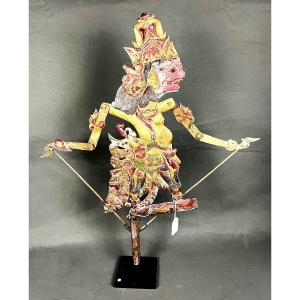




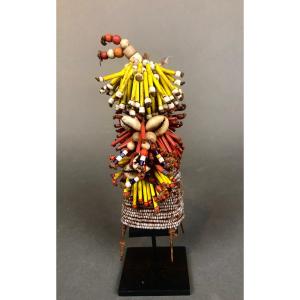

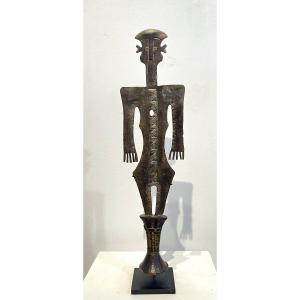




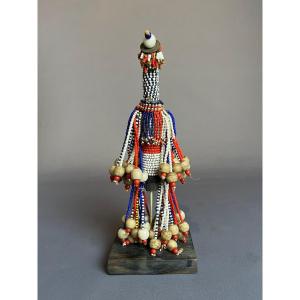
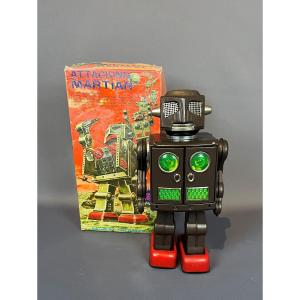
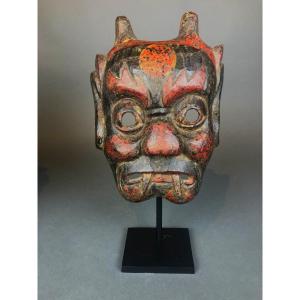




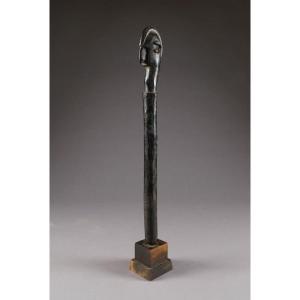
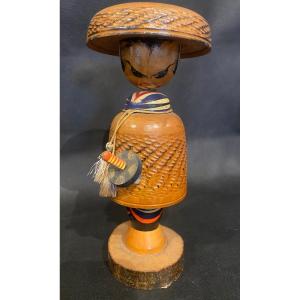

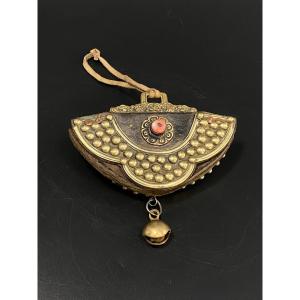
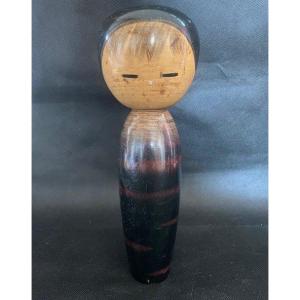
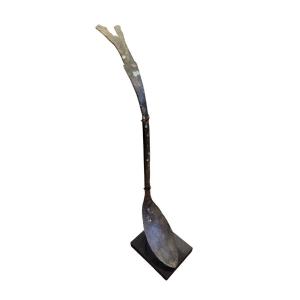



 Le Magazine de PROANTIC
Le Magazine de PROANTIC TRÉSORS Magazine
TRÉSORS Magazine Rivista Artiquariato
Rivista Artiquariato